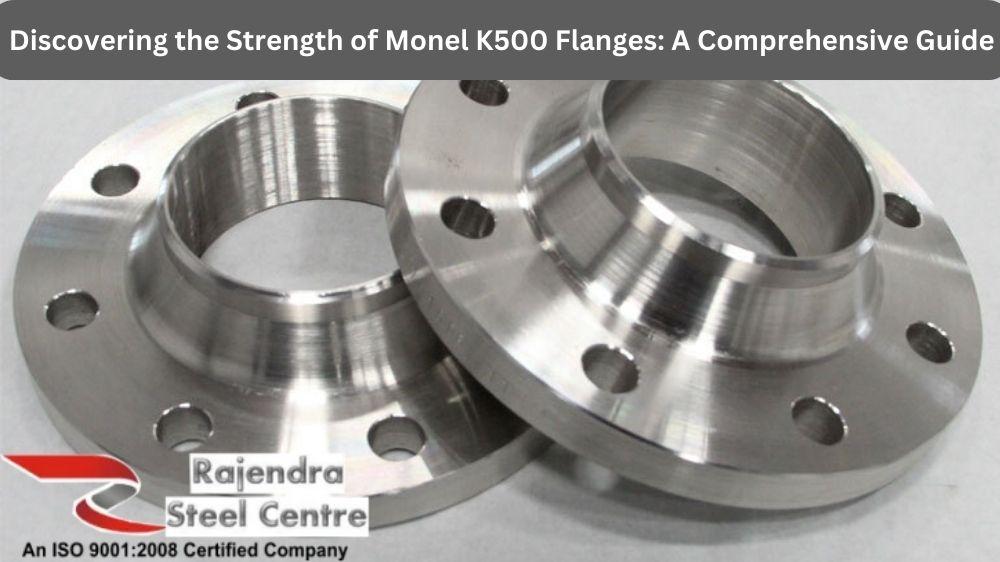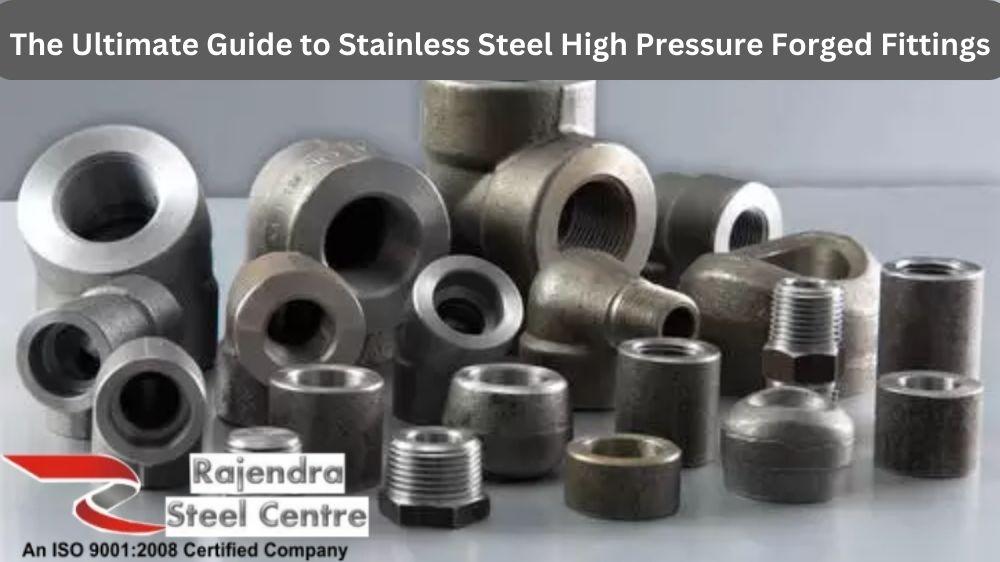Stainless steel 316 is corrosion-resistant steel that has become popular for various industrial applications. Among these applications is the construction of pipes used in different industries, including oil and gas, pharmaceutical, and food and beverage. Stainless steel 316 is highly valued for its ability to withstand harsh environments, high temperatures, and corrosive substances. In this blog, we’ll explore the properties, characteristics, and applications of stainless steel 316 pipes.
What are Stainless Steel 316 Pipes?
Stainless steel 316 pipes are alloy pipes made of iron, chromium and nickel. These components give them incredible properties, such as high corrosion resistance, superior tensile strength, formability, and excellent weldability – making them ideal for food processing and marine applications. This material is also temperature resistant between -425°F to 860°F (-250°C to 500°C) and is highly durable. Additionally, stainless steel 316 pipes have low carbon content, helping them remain economical compared to other grades of stainless steel while offering the same performance level.
Properties, Characteristics, and Applications About Stainless Steel 316 Pipes
Composition and Properties:
Stainless steel 316 contains about 16% to 18% chromium and 10% to 14% nickel. The smaller percentages of molybdenum (2% to 3%) and silicon (1%) give the steel a better resistance to corrosion and good mechanical properties. The chemical composition of 316 stainless steel pipes and its physical properties, like good tensile strength, excellent ductility, and relatively low cost, make it an excellent choice for various applications.
Resistance to Corrosion:
One of Stainless Steel 316’s most important properties is its high corrosion resistance. This makes it well-suited for use in harsh environments, especially in areas close to the oceans, where saltwater corrosion is a concern. 316 stainless steel pipes resist corrosion excellently. This is due to the chromium and nickel content in the material. Additionally, they are highly resistant to oxidation and staining. This means they can be used in many applications involving direct exposure to water, chemicals, and other corrosive materials.
Applications:
Stainless Steel 316 pipes are used in various applications for food processing, marine, pharmaceutical, and petrochemical industries. They are commonly used to transport fluids, gases, and other materials, such as chemicals and liquids. Due to its excellent corrosion resistance, Stainless Steel 316 pipes produce parts and equipment in chemical processing and petrochemical industries. The food and beverage industry also uses 316 stainless steel pipes for hygiene since they are easy to clean and highly resistant to staining and corrosion.
Weldability:
Due to their low carbon content, stainless steel 316 pipes are readily weldable using conventional welding techniques. They can resist high temperatures, making them ideal for use in elevated-temperature environments. Additionally, the welding process used in Stainless Steel 316 pipes does not change their corrosion resistance properties, making them easy to use in various industries.
Aesthetic Appeal
In addition to its practical properties, stainless steel 316 has an attractive aesthetic appeal, making it suitable for use in decorative applications such as handrails or architectural accents. This is due to its bright silver finish that resists tarnishing over time. As such, stainless steel 316 pipes can be used in various decorative applications where their attractive appearance will enhance the overall look of the space.
Cost-Effective
Stainless steel 316 is also cost-effective compared to other grades of stainless steel or other metals such as aluminium or copper alloys. This is due to its low cost per pound and its excellent properties and durability, making it an ideal choice for many industrial applications where cost savings are important considerations when selecting materials for projects or products.
Maintenance
The maintenance requirements for Stainless Steel 316 pipes are minimal since they possess superior corrosion resistance capabilities. However, regular cleaning should still be done using warm, soapy water followed by rinsing with clean water. To ensure maximum performance from these pipes, they should also be inspected regularly for any signs of damage or wear. Repairs should be made immediately if any damage or wear occurs.
Conclusion:
In summary, Stainless Steel 316 pipes are widely used in various industries, and this is due to their excellent corrosion resistance, good mechanical properties and low cost. They are suitable for use in harsh environments, have excellent weldability, and remain popular for pipes of various sizes and applications. If you need stainless steel 316 pipes for your business or industry, deal with trusted suppliers who provide high-quality products. Stainless steel is an investment and a precious material in the manufacturing industry, so you want to be sure your pipes are high quality.






